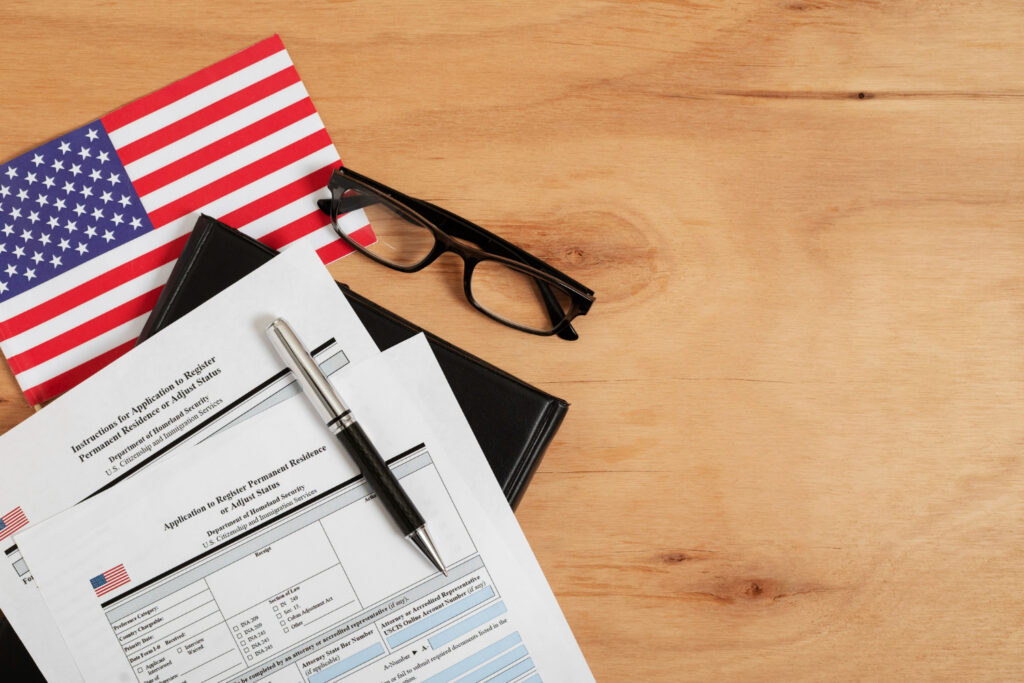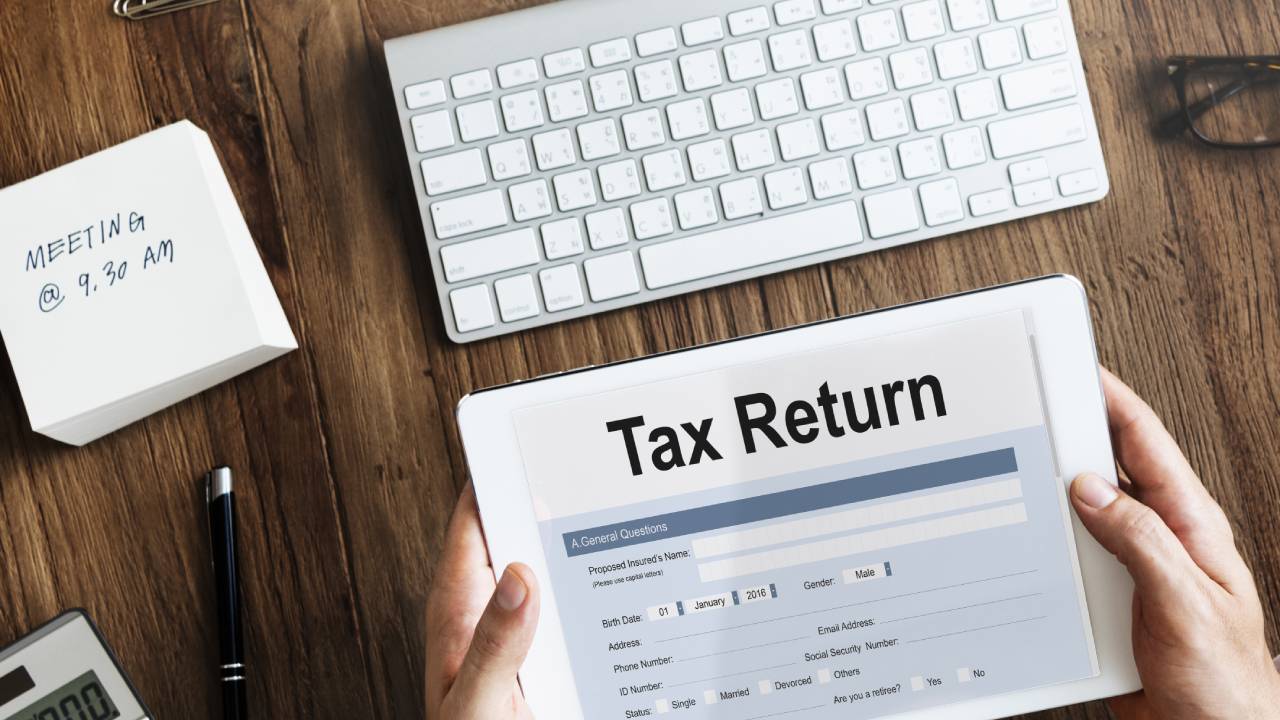6 key steps to file a corporate tax return in London Ontario
What Is a Corporate Tax Return?
A corporate tax return is a formal document that a business must file with the Canada Revenue Agency (CRA) to report its income, expenses, and taxes owed for a given fiscal year. In Canada, this return is known as the T2 Corporation Income Tax Return. Regardless of whether a corporation has taxable income or not, filing this return is mandatory. For corporations operating in London, Ontario, the process involves both federal and provincial components and requires accurate financial reporting, supporting documents, and timely submission.
Why Is Timely Filing Important? corporate tax return in London Ontario
Filing a corporate tax return in London Ontario on time is not only a legal requirement—it’s a strategic step that supports operational continuity. Delayed submissions can result in interest charges, penalties, and possible scrutiny from tax authorities. Timeliness also reflects well on the company’s financial practices, enhancing its credibility with banks, investors, and business partners. In some cases, being late could also delay refunds or affect eligibility for certain deductions or tax credits.
How to File Without Delays?
To file a corporate tax return in London Ontario without delays, a structured approach is essential. The six steps outlined below are the same strategies our firm follows with clients. These ensure that documents are in order, deadlines are met, and obligations are fulfilled smoothly.

Step 1: Collect All Financial Documentation in Advance
The first step toward a timely tax return is preparation. Gather all the financial data and supporting records that will form the basis of your return. This includes:
- Sales and revenue invoices
- Expense receipts
- Business bank statements
- Payroll summaries and T4s
- HST/GST filings
- Capital asset records
- Loan agreements and interest documents
- The prior year’s T2 return and notice of assessment
Having all these documents ready allows your accountant to analyze, validate, and enter figures accurately—avoiding time-consuming back-and-forth close to the deadline.
Step 2: Prepare Year-End Financial Statements
Once the documents are collected, the next step is to finalize your year-end financials. These include the income statement, balance sheet, and any accompanying notes that explain asset depreciation, retained earnings, and liabilities.
These financial statements form the foundation of your corporate tax return in London Ontario. They reveal your net income, which is then adjusted based on CRA rules to calculate taxable income. At our firm, we ensure these reports follow both general accounting principles and CRA-specific requirements such as capital cost allowance (CCA) for asset depreciation.
Step 3: Calculate Taxable Income and Review Available Deductions
With financials in place, it’s time to move into tax-specific analysis. Corporations are taxed federally and provincially. Ontario-based businesses must consider both layers when determining final tax payable.
Some of the elements to evaluate during this step include:
- Small business deduction eligibility
- Non-deductible expenses (e.g., certain meal or entertainment costs)
- Carryforward losses from prior years
- Investment tax credits or R&D-related deductions
- Refundable taxes on investment income (Part IV tax)
Our team calculates the adjusted taxable income and applies available tax benefits while ensuring accuracy in every line of the return.
Step 4: File the Return Electronically Through CRA-Approved Platforms
Corporations must file the T2 return electronically except in very limited scenarios. This is now standard practice and preferred for several reasons:
- Faster confirmation from CRA
- Streamlined processing
- Lower error rates due to built-in software validation
Our team uses certified tax preparation software to prepare and file each corporate tax return in London Ontario electronically, meeting all federal and provincial reporting requirements.
Important timelines:
- File within six months of the fiscal year-end
- Pay any outstanding balance within two or three months of fiscal year-end (depending on corporation type)
Late payments, even if the return is filed, attract interest. Early action ensures both submission and payment are handled on time.
Step 5: Pay Outstanding Balances Promptly
Filing your return is one side of the coin—paying what you owe is the other. Corporate tax return in London Ontario are expected to settle balances by their payment deadline to avoid added charges.
Steps to complete this process:
- Confirm final payable amount with the completed T2 return
- Make payments through CRA My Business Account or online banking
- Include the correct business number and reference when submitting
In cases where a corporation cannot make full payment, our team may assist in discussing installment options or formal arrangements with the CRA to avoid further complications.
Step 6: Retain Records and Stay Alert for CRA Communications
After the return is filed and payments made, corporations must retain documentation for a minimum of six years. This requirement helps the CRA validate information if selected for review or audit.
Documents to retain include:
- T2 return and supporting schedules
- Notices of assessment
- Financial statements
- Bank records
- Contracts, loan agreements, and major purchase receipts
In addition, monitor CRA correspondence through the My Business Account portal. Occasionally, additional documentation or clarification may be requested. Prompt replies help keep your file closed without delay.
Working With a Professional Team
Filing a corporate tax return in London Ontario doesn’t need to be a difficult or rushed process. At Janice Rees Professional Accounting, our goal is to simplify the process by offering a clear roadmap and handling each stage with attention to detail. We work with corporations of varying sizes to ensure their compliance needs are met while allowing business owners to focus on growth and operations.
Whether you're approaching your first fiscal year-end or handling multiple entities, having professionals manage the process offers peace of mind and reduces the risk of omissions or delays.
Summary of the Six Steps
- Document Collection: Assemble income, expense, payroll, and bank records.
- Financial Statement Preparation: Finalize year-end balance sheet and income statement.
- Taxable Income Calculation: Apply CRA guidelines for adjustments and deductions.
- Electronic Filing: Submit T2 return via CRA-approved platforms before deadlines.
- Timely Payment: Pay taxes owed to avoid interest or penalties.
- Record Retention: Store all return-related documents and stay responsive to CRA.
Moving Forward
Meeting tax obligations on time is an important part of operating a business responsibly. By following a structured process, you can file your corporate tax return in London Ontario accurately and without disruption. Planning ahead, understanding the requirements, and working with a capable team can help prevent delays and maintain a clear financial record with the CRA.
If you're uncertain about how to begin or which documents are required, starting with these six steps can guide your way forward. For further assistance or to streamline the entire process, consider reaching out to an accounting professional with experience in corporate filings in Ontario.









